Top 5 Archaeological Finds That Silenced Bible Skeptics
Dive deeper into our Bible People & History archive or explore our flagship archaeology feature,
Top 5 Archaeological Finds That Silenced Bible Skeptics.
1. Tel Dan Stele (9th Century BC)
Until 1993 critics said, “King David is just Hebrew folklore.” Then a basalt fragment
in northern Israel surfaced bearing the words “House of David.”
That single line
put David on the historical map outside the Bible.
Read the Tel Dan Stele entry on Wikipedia.
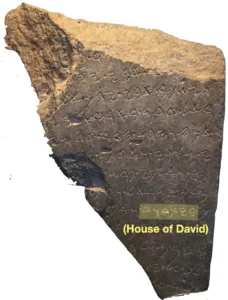
2. Pontius Pilate Stone (1st Century AD)
Found re-used in a Roman theater at Caesarea, this limestone block reads
“Pontius Pilatus, Prefect of Judea.”
Suddenly the man who sentenced Jesus
was a real historical figure.
(See our analysis of Roman inscriptions in Who Wrote the Psalms? for context on ancient epigraphy.)
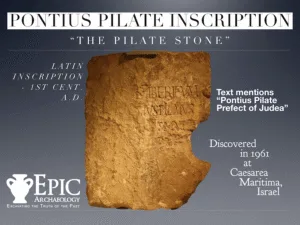
3. Pool of Siloam (1st Century BC/AD)
John 9 describes Jesus healing a blind man here. Many thought the pool was fictional
until workers hit ancient steps in 2004. Excavations revealed a mikveh-style pool
matching John’s details.
Learn more about the Pool of Siloam on Wikipedia.
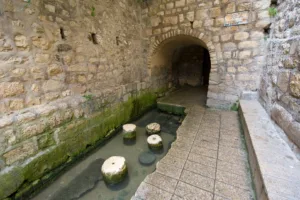
4. The Dead Sea Scrolls (3rd Century BC – 1st Century AD)
Discovered by Bedouin shepherds in 1947, these 900+ manuscripts pushed our oldest
Hebrew Bible text back a millennium. Modern translations match 99 % of the core content,
proving ancient copyists’ accuracy.
Read the Dead Sea Scrolls overview on Wikipedia.
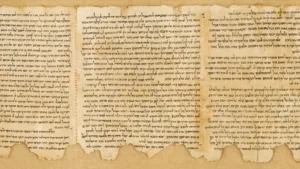
5. Hezekiah’s Tunnel & Siloam Inscription (8th Century BC)
2 Kings 20 says King Hezekiah built a tunnel to secure Jerusalem’s water.
Today you can wade through that 533 m passage—and halfway in,
an ancient inscription celebrates the workers who met “pick to pick.”
Explore Hezekiah’s Tunnel on Wikipedia.
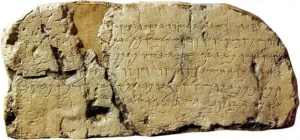
Why These Finds Matter
- External confirmation. Stones and scrolls don’t hold opinions—they just exist.
- Textual trust. Matching names, dates, and places close the gap between faith and facts.
- Conversation starter. Next time someone says the Bible is myth, you’ve got five dirt-tested talking points.
Final Thought
Archaeology can’t prove every verse, but every shovel-full reminding us the Bible
lives in real soil, real time, and real history should make us pause—and maybe dig
a little deeper ourselves.
For more explorations of Scripture and history, check out
Forgiving, Forgetting, and Reconciliation — What’s the Difference?
or browse our full
Bible People & History library.







